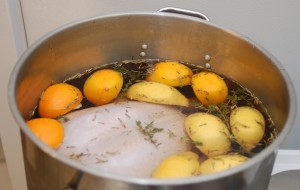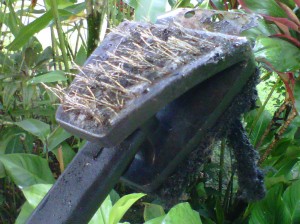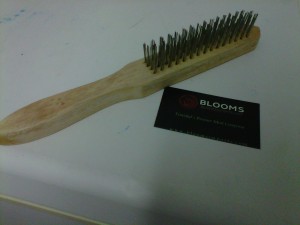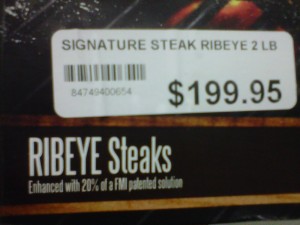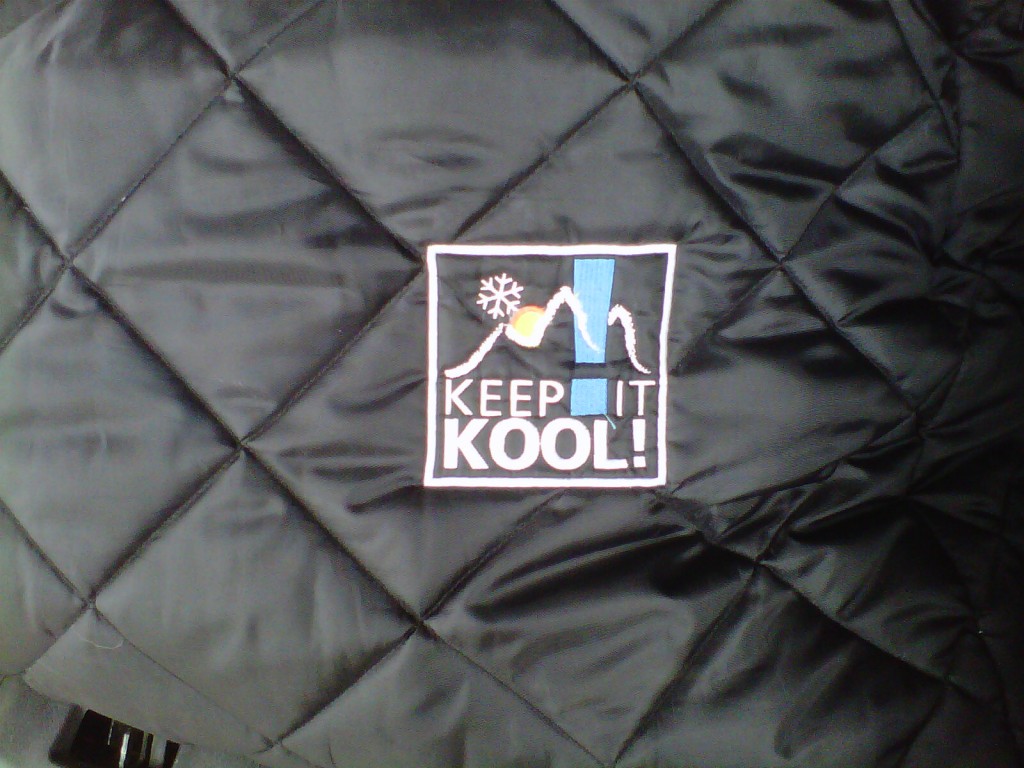If you’ve ever been to a BBQ when the host puts a few boneless chicken breasts on the grill, you may know how bad dry chicken can be. A lot of people prefer boneless/skinless chicken breasts because they are basically clean, white meat with no fat. Unfortunately, when cuts of meat have little fat, they also have a tendency to become dry when cooked (and especially dry when over cooked). Chicken really isn’t something you want to leave under-cooked, so often, when you eat a chicken breast off the grill it can often be overly dry.
Brining is a extremely easy way to help keep your chicken cut moist when cooked on the grill. The process of brining involves introducing salts and water to the cells of meats, allowing the muscle tissue to absorb and retain water while cooking. It also helps breakdown proteins in the meat. This makes the meat a little softer while eating.
It’s good to know that brining is actually a very easy and quick process when it comes to chicken. A basic brine consists of water, salt, sugar and spices. That’s it.
A good gauge for the brine is 10% salt and 5% sugar. So, depending on how much chicken you are making, gear your water/salt/sugar mix accordingly. You also can use this marinating period to infuse any type of flavor you wish to include into the meat. As the salt brings the liquid into the cells, it can take along any of the flavors you’ve added to your brine.
For a quick brine, just use hot water to dissolve your salt and sugar. If you have some time, boil the water to fully dissolve everything. Once your brine is ready, just pour it over your chicken which can be in a ziploc bag or in a baking pan. Then place it into the fridge. Some people leave the brine at room temp, but it’s whatever you are comfortable with.
The tricky part with brining is the timing. For breasts, like our Local T&T chicken breasts, you want to go from 1 to 2 hours. Leaving the brine in too long will give you salty meat. Not long enough and you won’t get the desired effects. For whole chickens, you can shoot for a little longer, anywhere from 4 to 6 hours. Just remember, the smaller the cut, the shorter amount of time it will take for your brine to penetrate.
Next time you are grilling or frying chicken, give brining a little try.

